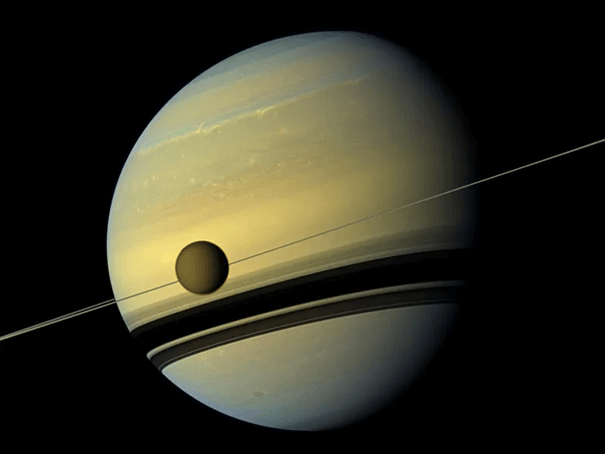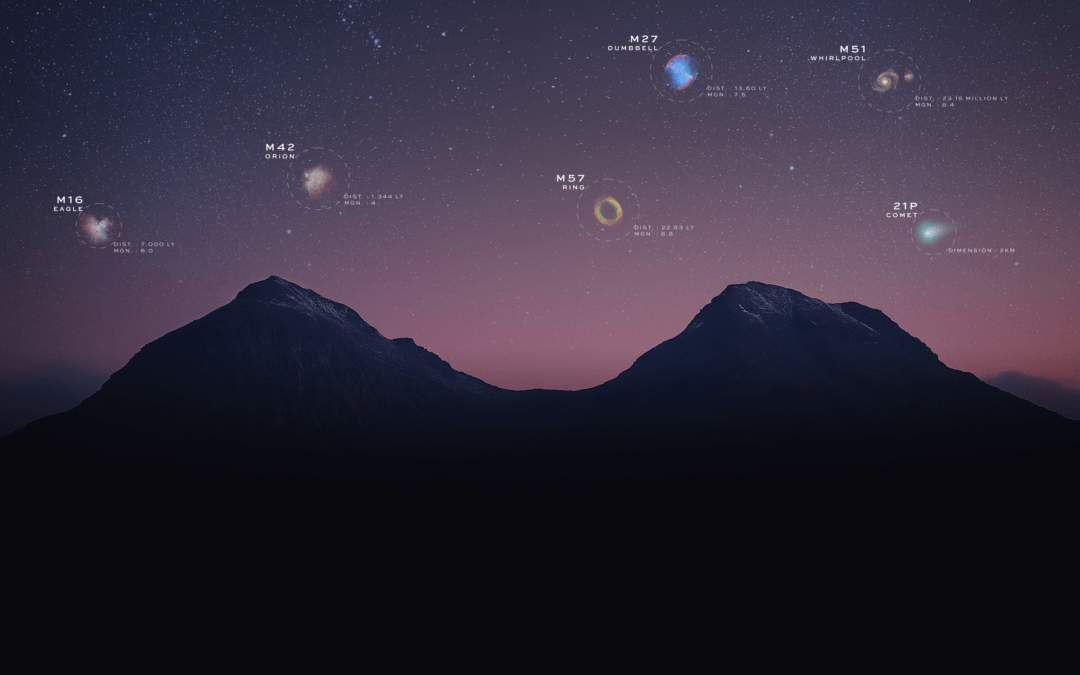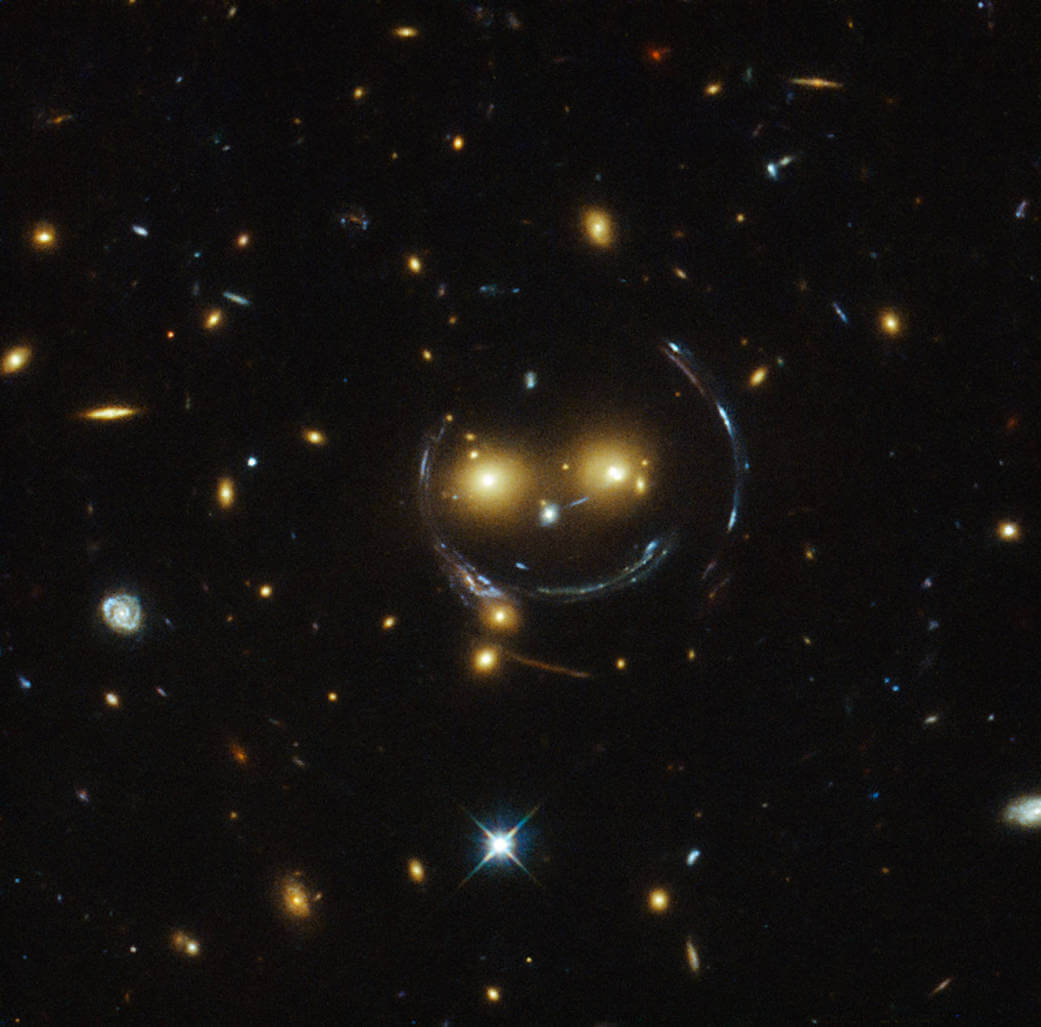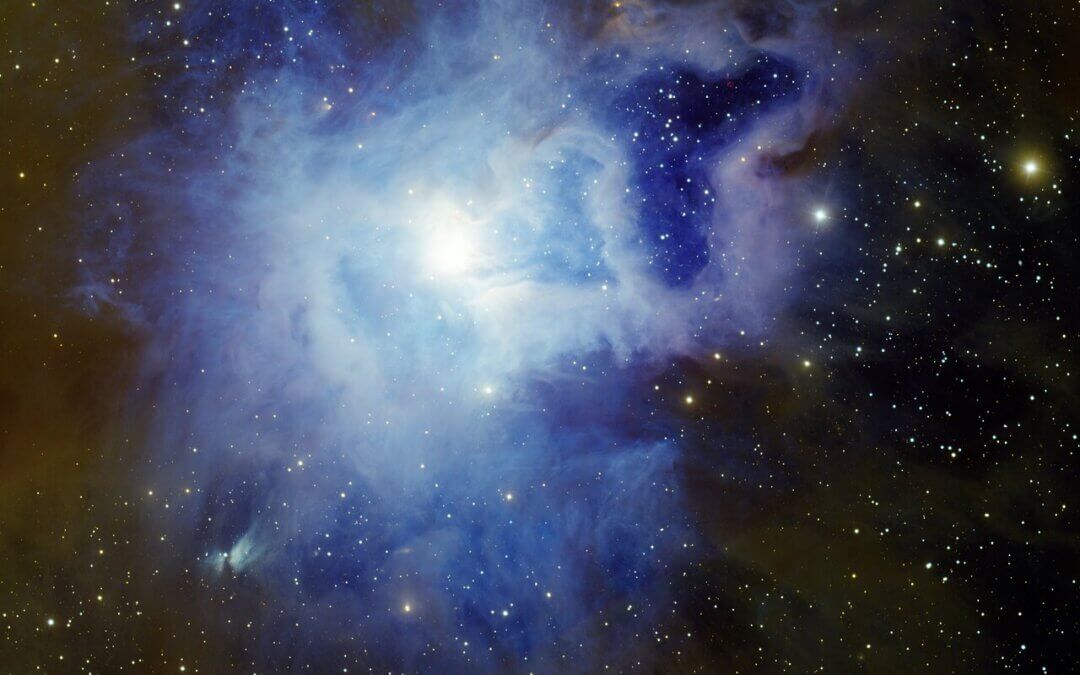A brand new comet is showing off in the night sky! On the evening of August 11-12th, Japanese amateur astronomer Hideo Nishimura was watching the skies with his digital camera set up when a yet undiscovered comet graced his lens. This new comet, C/2023 P1 (Nishimura), bears his name as a result. Not only is this discovery an inspiration for amateur astronomers everywhere, but C/2023 P1 (Nishimura) – or Comet Nishimura for short – is a fascinating target for early risers in the Northern Hemisphere.
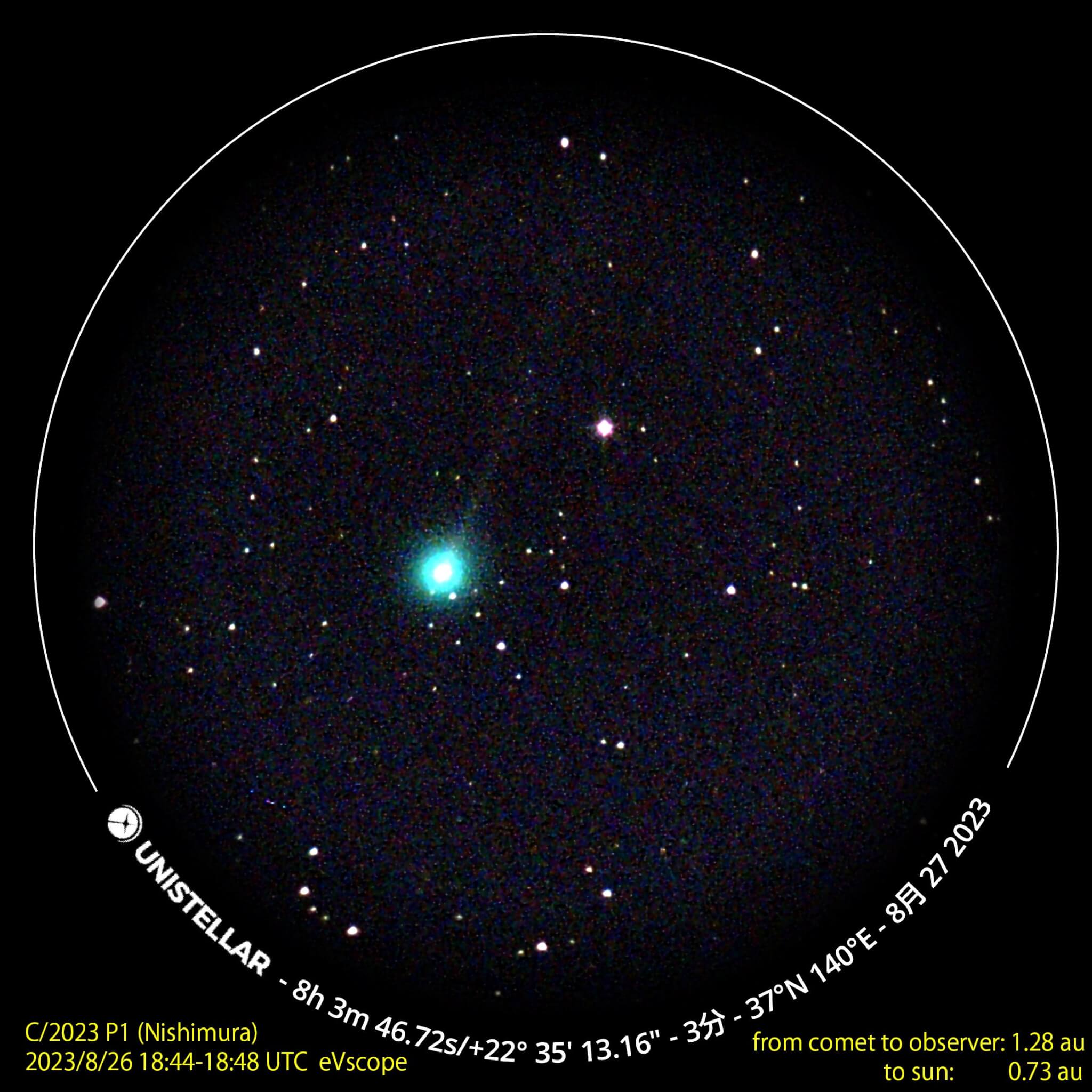
Comet Nishimura captured by Keiichi Fukui (Japan) with his Unistellar telescope.
Comet Nishimura Flies Close to the Sun
This newfound comet is getting brighter as it nears its close approach to Earth on September 12, so now is the perfect time to watch it soar through the sky – by the time it’s nearest to Earth, it will be quite low on the horizon. You’ll have to get up early to spot it, as you can see it best in the hours before dawn, but it is well worth the loss of a little sleep!
„Comet Nishimura is quickly brightening in the morning sky and may be visible with the naked eye next month,” says Dr. Franck Marchis, Chief Science Officer of Unistellar and Senior Planetary Astronomer with the SETI Institute. ”As summer draws to a close, Comet Nishimura provides a splendid astronomical gift. Presently, it displays a captivating greenish coma, and its activity is expected to intensify as it nears its closest approach to the Sun on September 17. Be sure to gaze skyward at dawn, and take your telescope out to truly enjoy this celestial wanderer.”
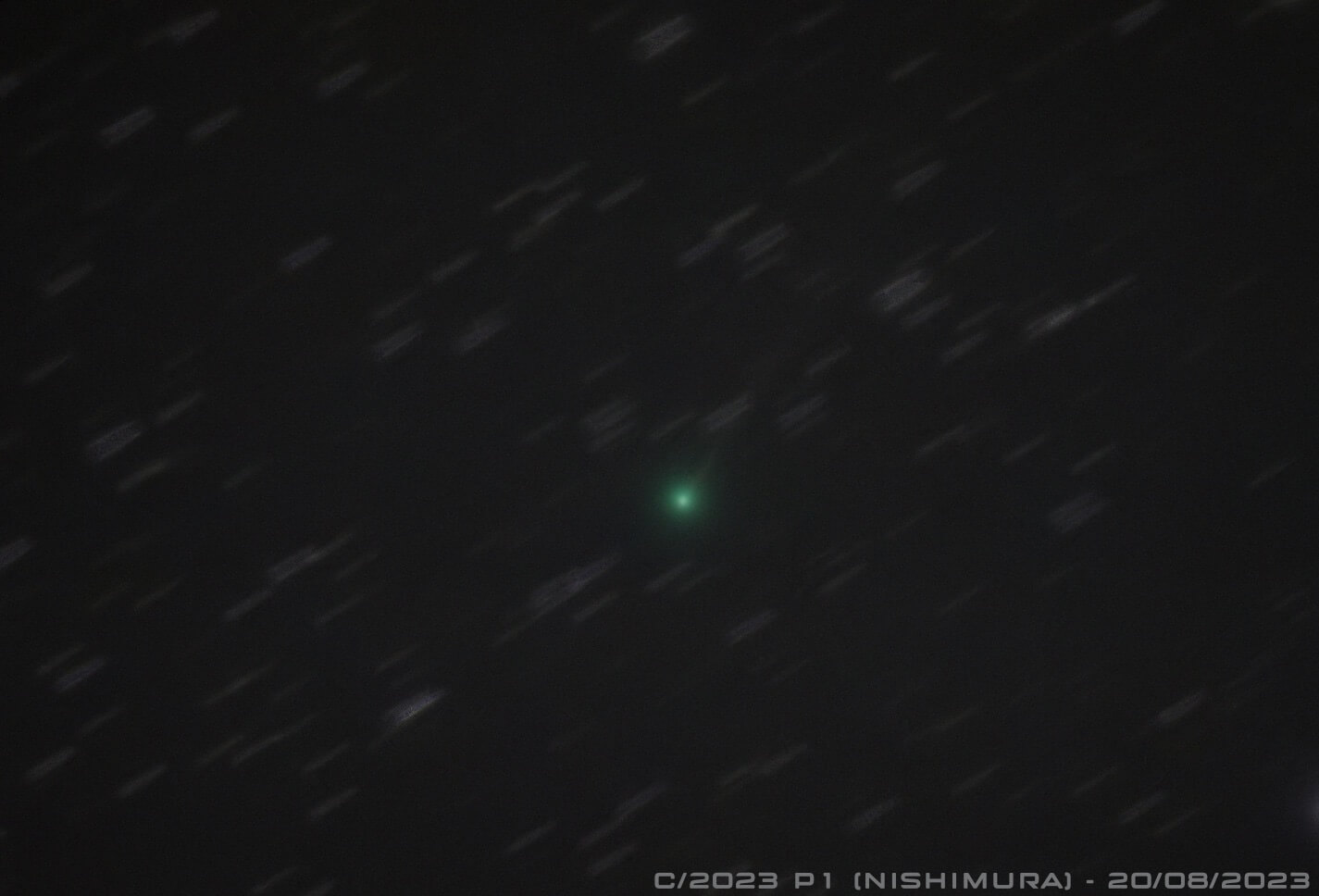
Comet Nishimura imaged and processed by Unistellar observer Anouchka N.
As Comet Nishimura gets brighter, it may indeed become a binocular object or even a naked-eye sight to those in dark skies. Predictions show it could reach 2nd magnitude (about the brightness of Polaris, the North Star) during its Solar approach, when it will be closer to the Sun than Mercury. By then, however, Comet Nishimura will be so close to the Sun that it will be difficult to see. So it’s best to get your observations in while you still can! Especially since Comet Nishimura is sweeping so close to our star that its nucleus (the comet’s icy core) may break up and in that case, it will be gone for good.
Observing Comet Nishimura now could certainly pay off – as the comet nears the Sun, it may show increases in activity and even an outburst, like in the case of Comet Pons-Brooks. Members of the Unistellar Network stand a chance to witness such an outburst or, with some luck, even its disintegration. So take a bet on Comet Nishimura and point your telescope upwards while you still can!
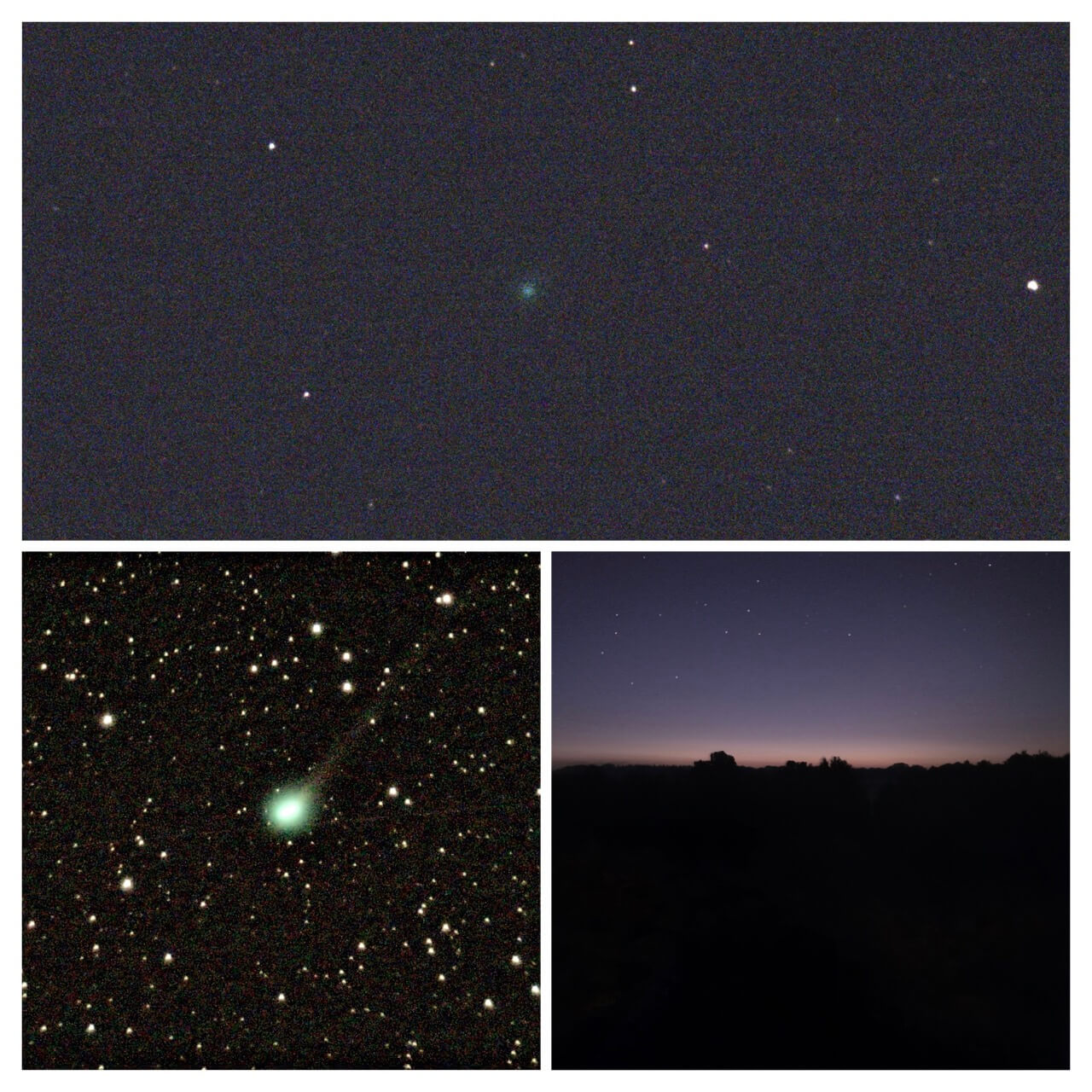
Comet Nishimura through an eVscope live view (top), via Enhanced Vision (left) and with Nocturne (right). Captured by Aad Verveen (Netherlands).
How Can You Observe Comet Nishimura?
Even though comet C/2023 P1 (Nishimura) was just discovered this month, you can still find it easily! Right now, it is visible to Northern Hemisphere observers, although it will become observable to the Southern Hemisphere in November if it survives its proximity to the Sun. Comet Nishimura is not in the Unistellar App catalog, but all you need to do is visit our Comet Ephemeris Page to contribute to this mission:
- Once on the page, in the Ephemeris Parameters section, select C/2023 P1 (Nishimura) as your target and enter the location where you’ll be observing, as well as the date and local time.
- Click on Generate to get your results. After a few seconds, the Ephemeris Results section will be generated with a list of celestial coordinates for your night. Each line corresponds to the position of your target at a specific time.
- If Comet Nishimura is visible from your location, you will be able to click on the smartphone icon (containing a Deep Link) that will open your Unistellar App and fill the Cometary Activity section with the proper fields. If your target is not visible, a crossed-out eye icon will appear.
- When you are ready to observe, access the Comet Ephemeris Page from your phone or tablet. Then, click the Deep Link for your observing time. It will automatically open the Cometary Activity tab of Science Mode in your Unistellar App. If the Right ascension and Declination box are filled with the correct coordinates, click on Goto to point to your target.
- To make a Science Observation: Once Goto is done, if the Record duration, Exposure time, and Gain are correct, you can click on Save. For this target, Record duration = 20 min, Exposure time = 3971 ms, and Gain = 25 dB.
- When you are ready, click on the Record button to start the observation.
And that’s it – you can always visit our Comets Tutorial page for more guidance on how to make your observation for this comet that is NOT in the App Catalog. If you have any questions regarding this process, direct them to [email protected]. Happy comet watching!
Further readings
Titans Schatten
In diesem Sommer rückt der Ringplanet Saturn an unserem Nachthimmel in den Vordergrund und bietet Amateurastronomen die seltene Gelegenheit, faszinierende transiente Ereignisse zu beobachten.
3 Reasons to observe this month
Entdecken Sie jeden Monat drei faszinierende Himmelsereignisse, die Sie mit Ihrem Unistellar-Teleskop beobachten können.
Unistellar Community Included In Multiple Scientific Papers
Did you know Unistellar Citizen Astronomers are often cited in published scientific papers? Find out how you can contribute too!
Neues Update der Unistellar-App: Version 3.0
The latest Unistellar App Update, version V3.0, is now live. Explore a smooth stargazing experience
Halloween Observing Guide: Spooky Deep-Sky Objects
These Halloween deep-sky objects will add some light to those dark, spooky nights. Treats, tricks, and telescopes await!
Fall Into Cygnus and More With September Deep-Sky Objects
Unistellar’s September targets include a bevy of star clusters and nebulae of all sorts. Celebrate stars in all stages of life this month!
